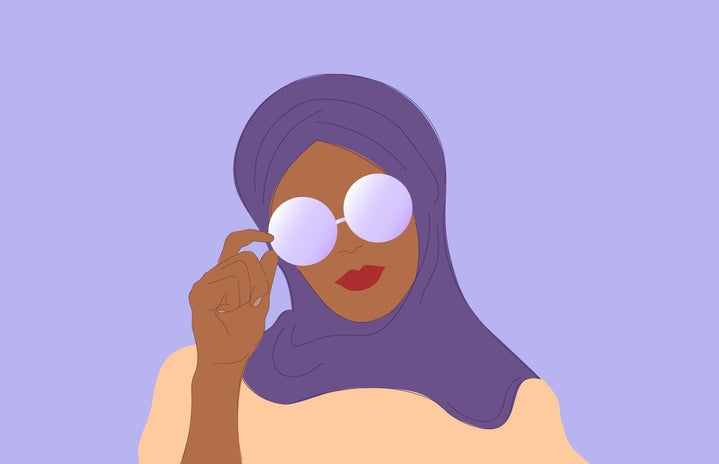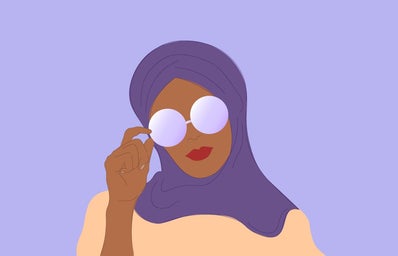Hijabs seem oddly controversial when you think of them solely as scarves worn on the head. For many women, however, it’s more than that: It’s a sign of strong faith. Stigmas are often tied to the idea of hijabs; women wearing them feel confident and beautiful, while society tries to tear up their relationship with it by using stereotypes such as extremism. Wearing a hijab is a huge decision to make in and of itself, especially in a society that will make you feel less than–– a minority.
For many different reasons, I’d been thinking about putting the hijab on for a very long time now, and I finally decided to wear it a couple of weeks ago. Some friends were surprised – they thought I was forced into putting it on. I understand how my decision, at this point in my life, might’ve seemed outrageous to people, but when did modesty become irrational? Women have different preferences on how they would like to be perceived by the public––and modesty isn’t my only reason.
Why I wanted to do it
Since I was only introduced to the concept of wearing hijabs from a young age, it never resonated with me until later, until I reached a point in my life where I wanted that side of me to be seen. Otherwise, I would have been falsely portraying myself. As a Muslim woman, I always felt guilty for not dealing with the struggles that came with my faith and for taking the easy way out. Along with my admiration for hijabs, I wanted to challenge myself to become whoever I aspired to be, in my most cherished piece of fabric and the public’s most hated symbol of religion. I wanted to sever the connection I had with the physical aspects of beauty, which I had previously embedded in my lifestyle and that of everyone around me. I can’t say whether or not I’ve achieved this yet, but I’m looking forward to continuing this journey.
Why I was nervous to do it
I never felt like I had the patience or strength to explain myself to the people around me, especially after making such a bold decision halfway through university. There was fear that I was going to make my remaining years at school more difficult simply because I was not waiting until after graduation to wear it. The idea of receiving hate on a day-to-day basis seemed burdensome for me. There is also this underlying pressure that comes with wearing a hijab: Being the perfect Muslim. For many culturally-driven women, the hijab is a step further towards the Muslim faith, therefore, it puts her on a pedestal, and that comes with responsibilities such as flawless representation of faith. I haven’t reached this point yet.
A complete change of wardrobe was also a worry; I considered the social hindrance I would deal with. Friends and family were telling me to wait on it. It was all pretty overwhelming.
What made me do it
After about a year of seriously considering it, I realized that being a hijabi wouldn’t take away much from what makes and shapes me. I wanted to freely show people who I was, even though it came with its challenges. I felt like it wasn’t necessarily going to be transformative for me (and it wasn’t). It was a peaceful and humbling experience in the end. I wanted to expand my faith in God further, and I believe that it made things easier in my personal and social life. It just felt like the right thing to do at that point in my life.
Many layers come with the decision to wear a hijab. Some women wear it for religious reasons, social reasons, or both. Some women wear it, some don’t, and some decide to take it off. It’s a personal choice that only the lady in question should make. It all boils down to what she wants to do with her life.


